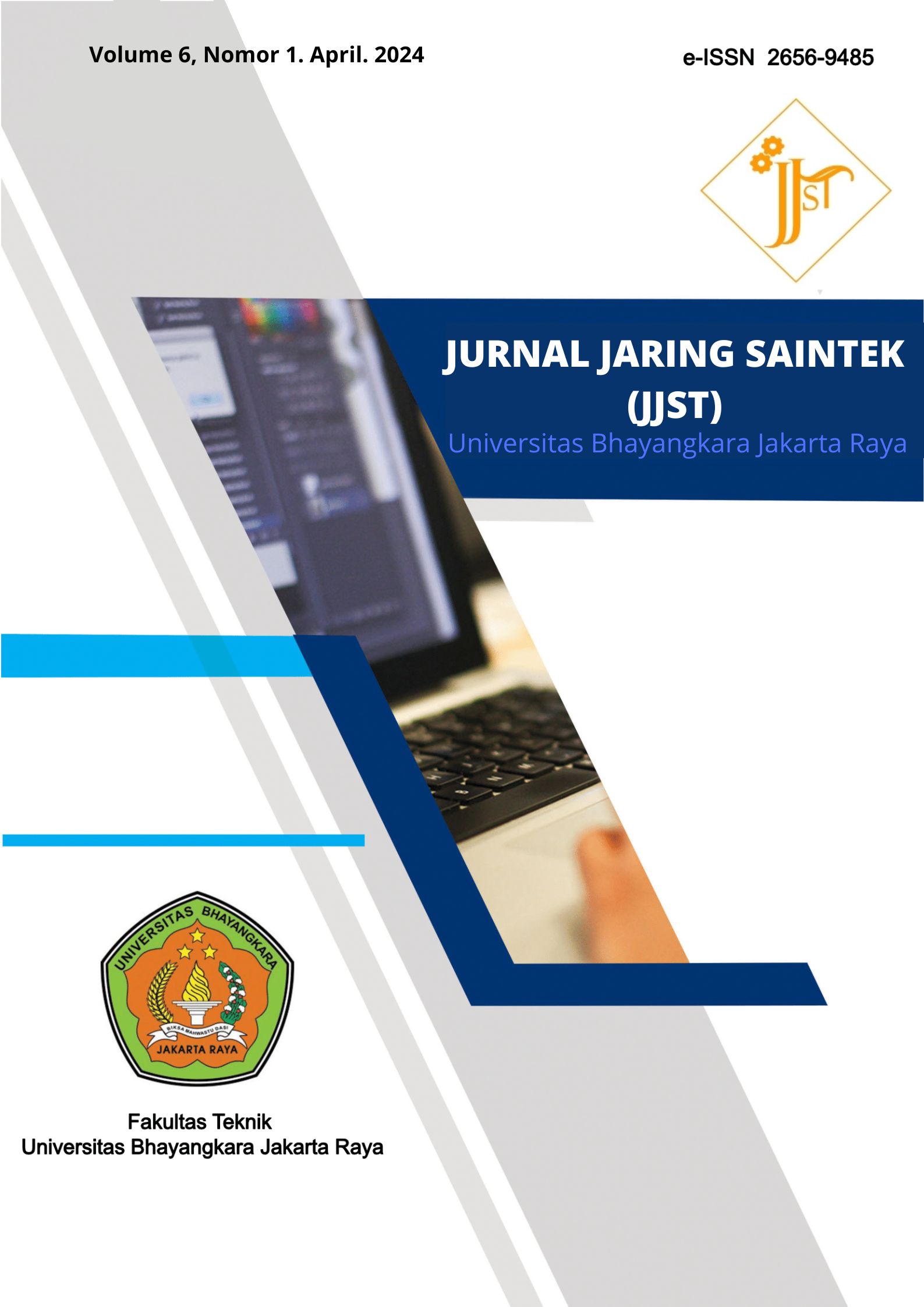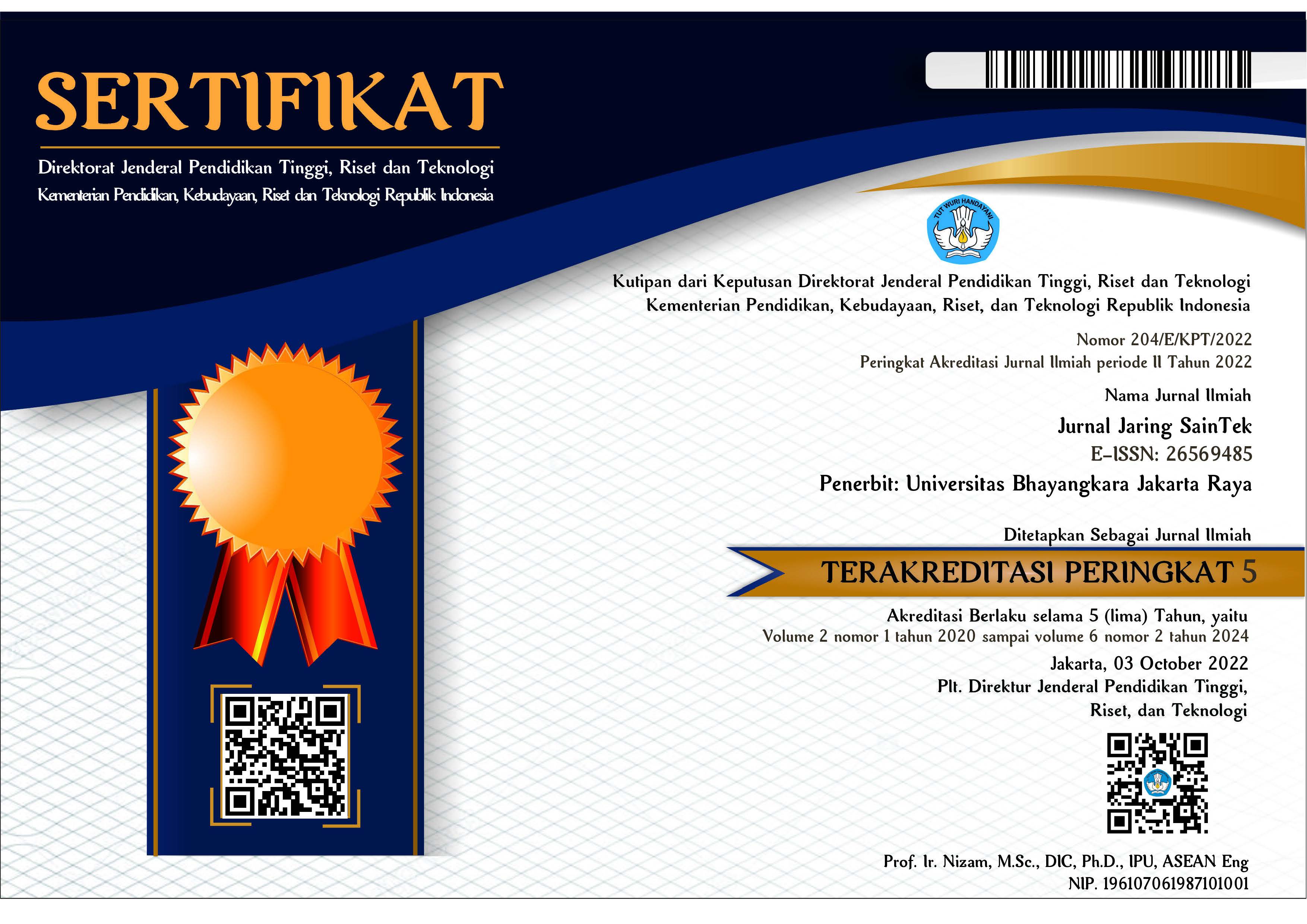Analisis Perbandingan Emisi Gas Rumah Kaca dan Potensi Energi Listrik Antara Insinerasi dan Proses Biologi (Studi Kasus Pembangkit Listrik Tenaga Sampah Merah Putih)
DOI:
https://doi.org/10.31599/86mqy720Keywords:
Greenhouse Gas Emissions, Incineration Processes, Electrical EnergyAbstract
Solid waste disposal is one of the contributing sectors to greenhouse gas (GHG) emissions. Open burning of waste generates CO2, anaerobic decomposition of organic waste generates CH4, while composting activities and biological processes generate CO2, CH4, and N2O. Transportation to waste disposal facilities contributes to GHG emission as well. The aim of this study is to compare GHG emission and electrical energy generated from incineration and biological process. Calculation of estimated GHG emission in this study used the IPCC Tier 2 method with a combination of default data and local data such as data on the composition of waste for incineration compared to biological processes. The result indicated that incineration generated lower GHG emission compared to biological process. Higher electrical energy potential can be obtained from biological process, if most of CH4 is converted to electrical energy. PLTSA Merah Putih, which applied energy recovery from incineration, simultaneously convert heat to electrical energy and reduce GHG problem from CH4
Downloads
References
Carolyn, R. D., & Wibawanti, E. (2019). Potret 5 (Lima) TPA Memanfaatkan Gas Metan (CH4): Suatu potret upaya pemanfaatan Landfill Gas (CH4) sebagai sumber energi alternatif-kecil namun berarti. Direktorat Inventarisasi Gas Rumah Kaca Dan Monitoring, Pelaporan, Verifikasi Direktorat Jenderal Pengendalian Perubahan Iklim Kementerian Lingkungan Hidup Dan Kehutanan, 6–10.
Dai, S. (2016). Optimized Conversion of Municipal Solid Waste in Shanghai Applying Thermochemical Technologies. Royal Institute of Technology, 1–45.
IPCC. (2006a). 2006 IPCC Guidelines for National Greenhouse Gas Inventories. Institute for Global Environmental Strategies (IGES) (Vol. 6).
IPCC. (2006b). Chapter 3 Mobile Combustion. 2006 IPCC Guidelines for National Greenhouse Gas Inventories, 2, 3.1-3.78.
IPCC. (2006c). Chapter 3 Solid Waste Disposal. 2006 IPCC Guidelines for National Greenhouse Gas Inventories, 5, 3.1-3.40.
IPCC. (2006d). Chapter 5 Incineration and Open Burning iof Waste. 2006 IPCC Guidelines for National Greenhouse Gas Inventories, 5, 5.1-5.26.
IPCC. (2021). The Earth’s Energy Budget, Climate Feedbacks and Climate Sensitivity - Supplementary Material. IPCC, 7(1), 16. Retrieved from https://www.ipcc.ch/report/ar6/wg1/downloads/report/IPCC_AR6_WGI_Chapter_07_Supplementary_Material.pdf
Nasri. MFA, U. M. T. S. (2015). Prediksi Konsumsi Bahan Bakar Minyak untuk Kendaraan Darat Jalan Raya Sampai Tahun 2040 Menggunakan Software Leap. Jurnal Teknik Mesin S-1, 3(2), 198–207.
Sitomurni, A., Darmawan, D. A., Winanti, W., & ... (2021). Peluang Dan Peran Pembangkit Listrik Tenaga Sampah (Pltsa) Dalam Penurunan Emisi Gas Rumah Kaca (Grk). Jurnal Rekayasa …, 14(2), 135–145. Retrieved from https://ejurnal.bppt.go.id/index.php/JRL/article/view/5216
Sorensen, B. (2007). Renewable Energy Conversion, Transmission, and Storage, IX.
United States Environmental Protection Agency. (2022). Understanding Global Warming Potentials. Retrieved from https://www.epa.gov/ghgemissions/understanding-global-warming-potentials









